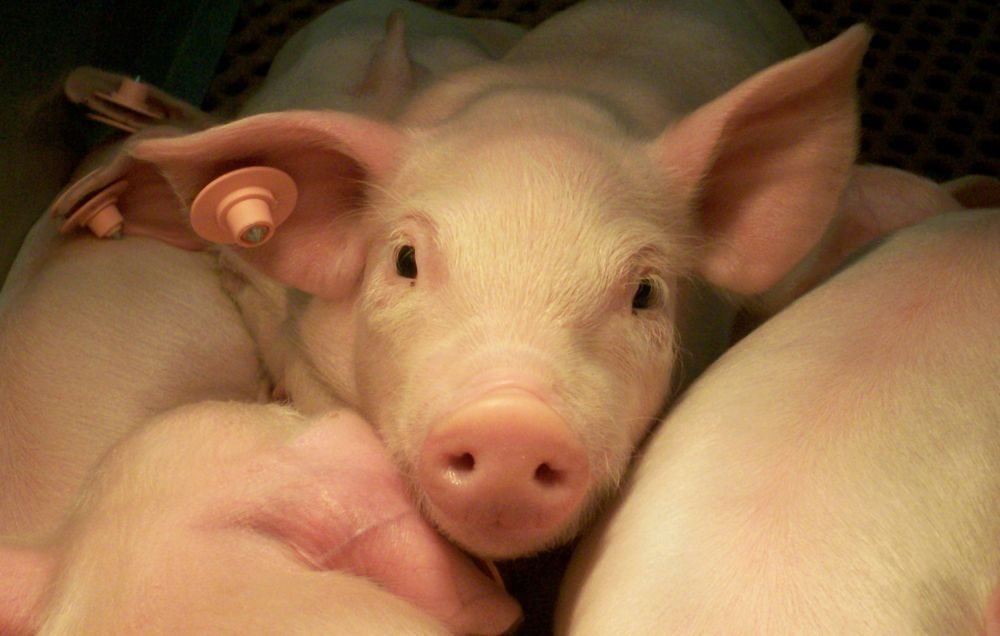Chicago | Reuters — Chicago Mercantile Exchange lean hogs on Wednesday slid from a one-year top earlier in the session, rattled by fund selling and Canadian government concerns over NAFTA talks with the U.S., said traders.
Canada is increasingly convinced that President Donald Trump will soon announce the U.S. intends to pull out of the North American Free Trade Agreement, two government sources said on Wednesday.
Mexico and Canada are among the top destinations for U.S. pork exports.
“If it (NAFTA) does go away, the hog markets are going bear the brunt of the selling,” said independent CME livestock futures trader Dan Norcini.
Read Also

Alberta crop conditions improve: report
Varied precipitation and warm temperatures were generally beneficial for crop development across Alberta during the week ended July 8, according to the latest provincial crop report released July 11.
Short-covering and the six-session run up in prices for slaughter-ready, or cash, hogs freed CME hogs from session lows.
Packers competed for supplies for the first full week of production after the winter holidays, said traders and analysts.
Increased week-over-week hog weights suggest holiday plant disruptions and frigid weather backed up pigs on farms, a Midwest hog dealer said.
Market participants are tracking more wintry weather entering the Midwest that could hurt hog production in the region.
February hogs settled down 0.65 cents/lb. at 72.525 cents (all figures US$). April ended one cent lower at 75.775 cents.
Live cattle futures retreat
Lower cash and wholesale beef values pressured CME live cattle futures, said traders.
They said sell stops and fund liquidation contributed to market losses.
Wednesday was the third of five days in which funds in CME’s livestock markets that follow the Standard + Poor’s Goldman Sachs Commodity Index, “rolled,” or sold February positions and simultaneously bought deferred months.
February live cattle finished 0.8 cent/lb. lower at 116.875 cents. April ended 0.85 cent lower at 118.675 cents.
Since last Friday packers paid $118-$120/cwt for cash cattle in the U.S. Plains that the week before fetched about $123. Animals at Wednesday’s Fed Cattle Exchange brought $119.
Moderating temperatures in the Plains could make it easier to sort and load livestock onto trucks headed for packing plants. And warmer weather tends to cause cattle to add weight quicker, making them more available to processors.
The recent wholesale beef price rally may have discouraged retail meat buyers, a trader said.
Sell stops, technical selling and lower live cattle futures sank CME feeder cattle contracts.
January feeder cattle closed 1.1 cents/lb. lower at 144.375 cents.
— Theopolis Waters reports on livestock markets for Reuters from Chicago.



















